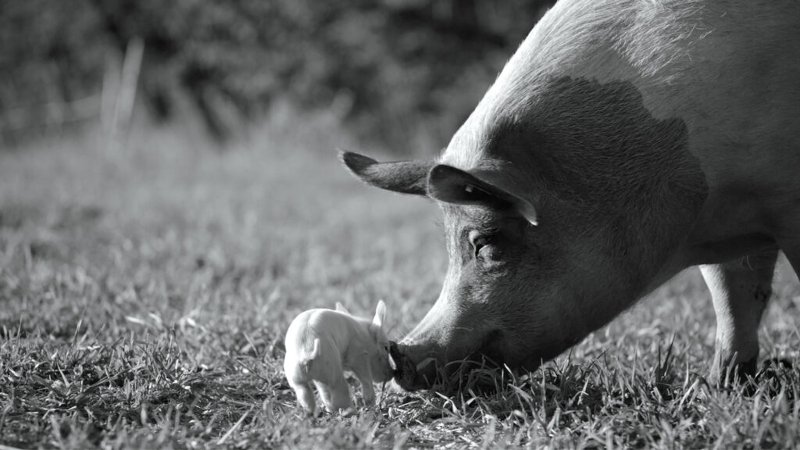Director – Victor Kossakovsky – 2020 – US, Norway – Cert. PG – 93m
*****
Strangely compelling naturalistic, black and white documentary Gunda, follows the lives of a sow and her litter on a farm – in cinemas from Friday, June 4th and now available to rent on BFI Player and Curzon Home Cinema
Break it down to its fundamental elements and cinema is sound and image. You can impose narrative on it. You can make a script and construct a story bolstered up by production design and soundtrack music. All that is an add on. You can throw most or all of that out, pick a subject you believe to be worthwhile and go out and shoot a documentary of it. In the current case, seasoned documentary film maker Kossakovsky has spent 30 years trying to find a producer who believed in this film enough to help him get it made.
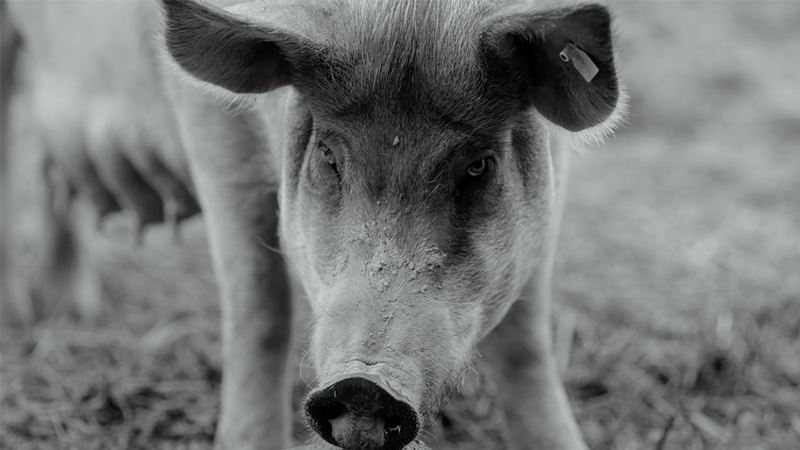
Its subject is the lives of farm animals, and while these include one sequence featuring cows and another involving chickens, its main character is a pig. There are no spoken or written words in the film outside the written credits and the name Gunda visible at the start. The images are in black and white – they were shot in colour, which was then removed to cull the cuteness of the pink pigs.
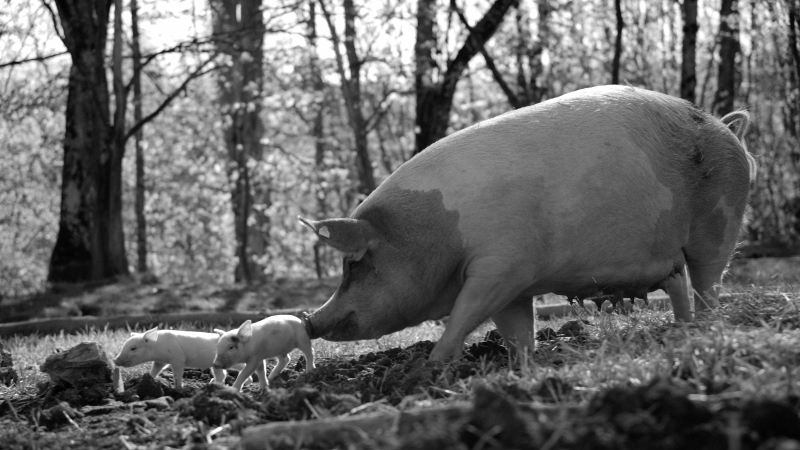
There’s a building with a door-shaped opening. A huge creature lies motionless inside. Is it alive? Is it dead? As little piglets venture out, it’s clear she’s given birth and this is her litter. When her head eventually moves and it’ becomes clear this creature is alive, it’s a relief.
We are inside the building now, the giant sow is lying on her side and we are watching the litter as each of the piglets squeal and scramble to gain access to a nipple. Some of them have to fight for this access. The runt of the litter finds it particularly hard. The camera follows the runts progress and you could be forgiven for thinking this might be Gunda, the subject of the film. But when the giant sow uses her hoof to crush the life out of the runt, he’s gone from the narrative.
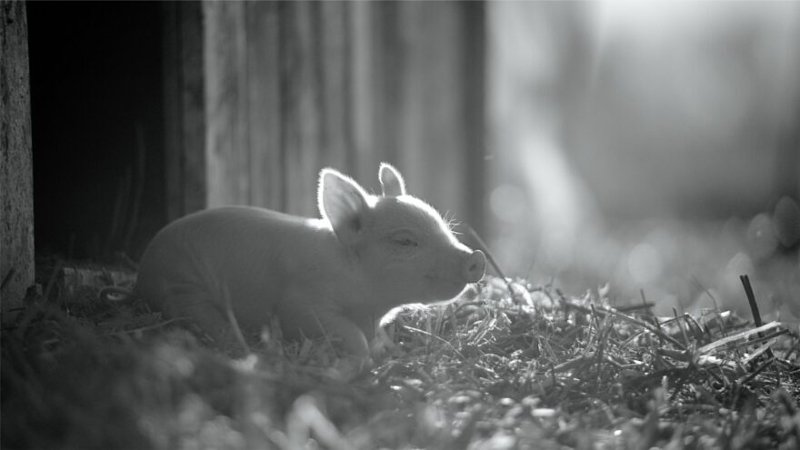
Actually, it’s not true that there’s no narrative. Just because we can’t see intervention here doesn’t mean it’s not going on. After meeting the sow Gunda, Kossakovsky facilitated shooting footage of her by building a replica of her hutch with removal panels. So although what you see appears to be something the camera just happened to catch, in reality there’s a whole mediation process as to how this footage and these images came into being.
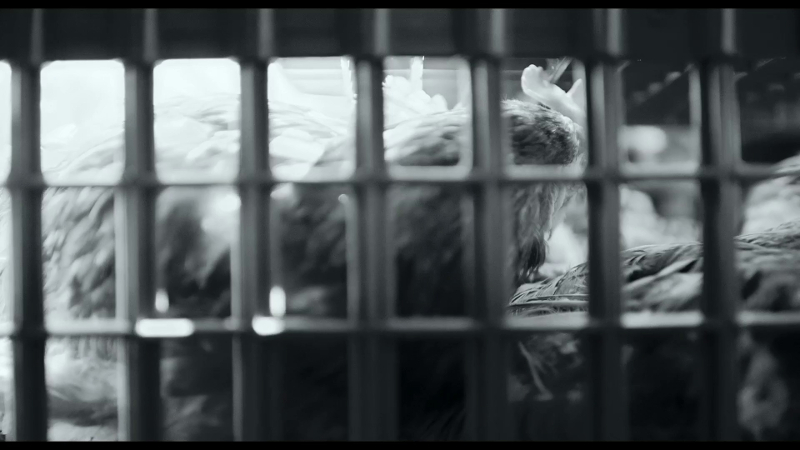
This is not a film that does cute. No anthropomorphism in the manner of talking animals in Disney animation or talking pig Babe (Chris Noonan, 1995). No political satire in the manner of Animal Farm (book: George Orwell; film: Halas and Bachelor, 1954). It’s a series of lengthy shots of the life of a sow and her litter shot at different times over several months so that we see the litter at various stages of growth. This culminates in a final scene where a tractor pulls an opaque metal container into view, then after a while, the squealing, the litter and the container disappear leaving the bewildered sow alone wondering what has just happened and what has been done to her and her offspring.
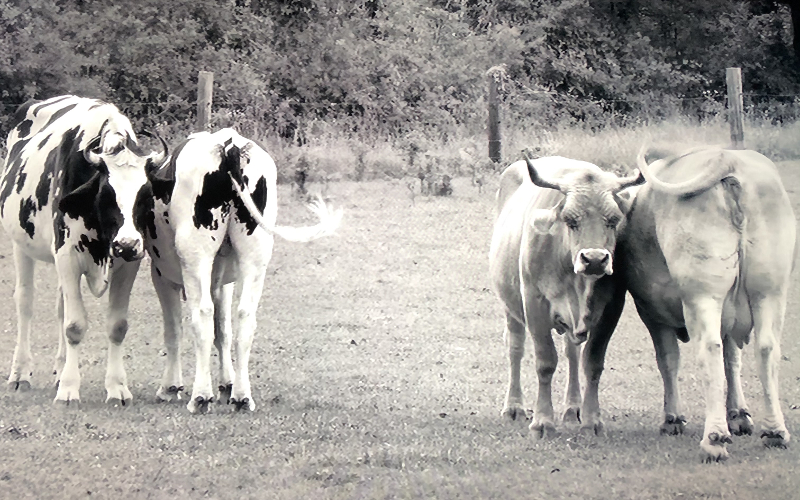
It’s a profound, truthful and disturbing prompt that there are other creatures on this planet than mankind and that this world is just as much theirs as it is ours. That sensibility runs through the whole as we spend time with the sow and the litter and get to know them. When the footage of the pigs is dropped in favour of the chickens or the cows – the former taking their first foray out of the pen, the latter enjoying the freedom of being let out and racing towards a vast field or standing head to toe with other cows to flick irritating flies away from each other’s face with their tails – we’re likewise in the company of non-human creatures with their own emotions and feelings.
Since there’s nothing quite like this film anywhere else out there, it represents a very good use of an hour and a half of your time.
Gunda is out in cinemas in the UK and Ireland from Friday, June 4th and now available to rent on BFI Player and Curzon Home Cinema.
Trailer:
